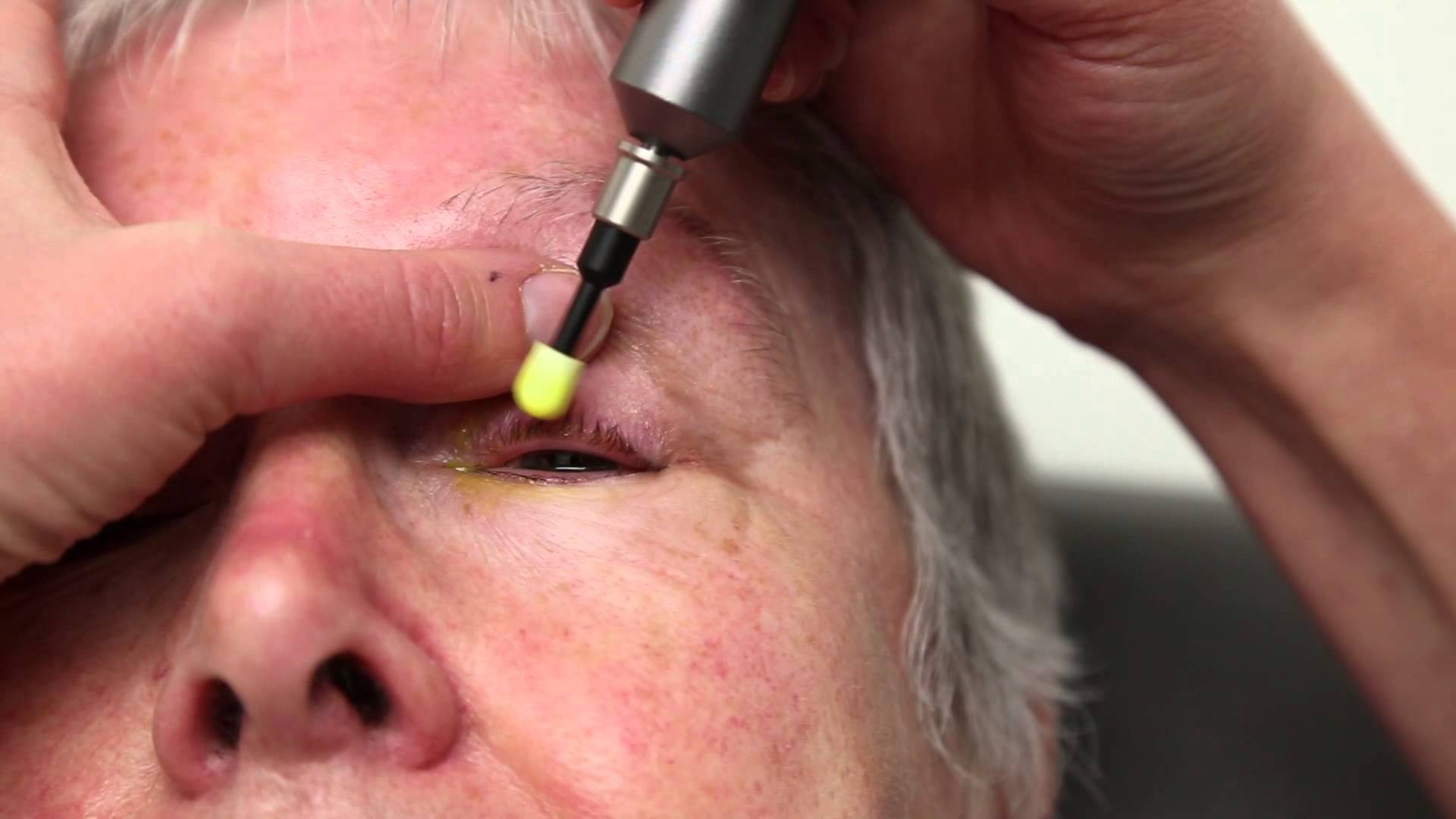Blepharitis is a common condition where the edges of the eyelids (eyelid margins) become red and swollen (inflamed).
Blepharitis can develop at any age, and symptoms can include:
itchy, sore and red eyelids that stick together
crusty or greasy eyelashes
a burning, gritty sensation in your eyes
increased sensitivity to light (photophobia)
swollen eyelid margins
finding contact lenses uncomfortable to wear
abnormal eyelash growth or loss of eyelashes in severe cases
In most cases both eyes are affected, but one eye can be more affected than the other. The symptoms tend to be worse in the morning.
When to get medical advice
See your high-street optician (optometrist) if you have persistent symptoms of blepharitis that aren’t being controlled by simple eyelid hygiene measures.
They can examine you to check if the problem is caused by an underlying condition, or may refer you to an eye specialist.
Contact your optometrist or GP immediately if you have any severe symptoms. If this isn’t possible, visit your nearest accident and emergency (A&E) department.
How blepharitis is treated
Blepharitis is usually a long-term condition. Most people experience repeated episodes, separated by periods without symptoms.
It can’t usually be cured, but a daily eyelid-cleaning routine can help control the symptoms and prevent permanent scarring of the eyelid margins.
There are three main steps to eyelid hygiene that should be performed once or twice a day:
using a warm compress – to make the oil produced by the glands around your eyes more runny
gently massaging your eyelids – to push the oils out of the glands
cleaning your eyelids – to wipe away any excess oil and remove any crusts, bacteria, dust or grime that might have built up
More severe cases may require antibiotics that are either applied to the eye or eyelid directly, or taken as tablets.
Read more about treating blepharitis.
What causes blepharitis?
There are three main types of blepharitis:
anterior blepharitis – where the inflammation affects the skin around the base of your eyelashes
posterior blepharitis – where the inflammation affects your Meibomian glands, found along the eyelid margins behind the base of the eyelashes
mixed blepharitis – a combination of both anterior and posterior blepharitis
Anterior blepharitis can be caused by either:
- a reaction to Staphylococcus bacteria – these usually live harmlessly on the skin of many people, but for unknown reasons they can cause the eyelids to become inflamed
- seborrhoeic dermatitis – a skin condition that causes skin to become oily or flaky and sometimes irritate the eyelids, causing the Meibomian glands to block
Posterior blepharitis is caused by a problem with the Meibomian glands, where the glands get blocked by either debris, skin flakes or inflammation.
Sometimes blockages in the Meibomian glands are associated with a skin condition called rosacea. If too much oily substance is being produced, this may be caused by seborrhoeic dermatitis.
Mixed blepharitis, which is the most common, is caused by a combination of both anterior and posterior blepharitis.
Blepharitis isn’t contagious.
Complications
Blepharitis isn’t usually serious, although it can lead to a number of further problems.
For example, many people with blepharitis also develop dry eye syndrome, where the eyes don’t produce enough tears or dry out too quickly. This can cause your eyes to feel dry, gritty and sore.
Serious, sight-threatening problems are rare, particularly if any complications that develop are identified and treated quickly.
Read about the complications of blepharitis.
